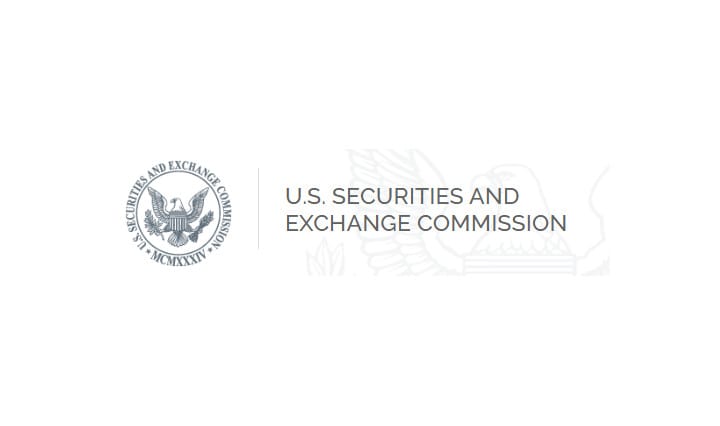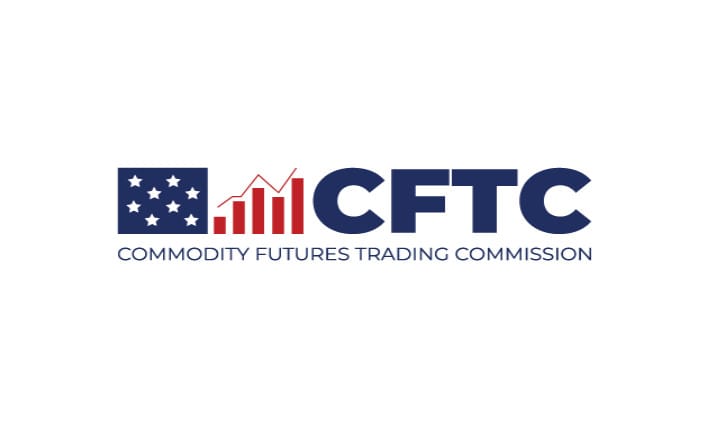"I want to address the critique that the SEC should play no part in the negotiations between sophisticated investors. To me these arguments ring hollow."

"Relying on the parties’ sophistication alone, in the absence of regulation, will continue to leave investors exposed to unfair/harmful practices"
Commissioner Caroline A. Crenshaw with fervent support for today's rule.

Source: https://www.sec.gov/news/statement/crenshaw-statement-private-fund-advisers-082323
The Landscape
Investor Base: As one legal scholar recently put it, the “private” in private equity (or private funds more generally) is a misnomer.[1] “Private” in the context of ownership – private property or a privately held asset – tends to connote ownership in the hands of a small, concentrated base; perhaps ownership by a family or a small group of investors. Public ownership, in contrast, tends to connote a dispersed and widespread ownership base.
But, in fact, private fund corporate ownership today may be just as widespread and dispersed as public company ownership. Private fund investors (or limited partners) are generally large institutions – public and private pension funds (which collectively comprise nearly one-quarter of all private fund assets under management), as well as non-profits like endowments or foundations, among many others.[2] And, behind those institutions are thousands or even millions of individuals. The Release notes, for example, the 26.7 million working and retired U.S. public pension plan beneficiaries – public servants such as teachers, firefighters, law enforcement, government and community servants – are likely to have increased exposure to private funds and their portfolio company investments.[3] In other words, while we have stark legal and regulatory distinctions between investors in private funds and investors in the public markets, the ultimate, beneficial investor base of any given private fund investment likely looks very similar to that of a public company.[4]
Market Impact. Further, the invested capital of private funds – i.e., the impact of private fund investments on our markets – is significant and growing at a rate that outpaces the public markets[5] (even if adjusted returns do not necessarily indicate that private fund returns are greater than public company returns). [6]
Private fund assets under management reached 26.6 trillion in 2022;[7]
The number of private funds has more than tripled in the decade from 2012 to 2022; and[8]
Between the year 2000 and 2021, private equity global assets under management grew at four to five times faster than the overall U.S. economy.[9]
Portfolio Companies. And private capital leaves virtually no corner of the markets untouched.
Private funds own real estate – from office buildings and warehouses to single family rental units; they own pharmaceutical companies and hospitals; they own infrastructure and energy businesses; and, they own agricultural businesses. In the wake of the regional banking failures, we’ve seen private credit funds step in to take on a new prominence in the asset backed and other lending markets.[10]
And, private funds play an increasingly prominent role in the lifecycle of companies: while there was a time when private funds and investors sought to IPO their portfolio companies to cash out, a more attractive exit strategy in recent decades is to sell a portfolio company to another private fund – either managed by a competing adviser or even to another fund managed by the same adviser. Recent history also bears examples of private funds “taking private” formerly public companies.
By any measure, private funds play an important role in our economy.
And yet, despite the prominence of private funds in our markets, and the fact that so much of the capital at risk in this market is ultimately held for the benefit of everyday retirees, the industry is nonetheless marred by opacity – which affects regulators, investors and the market alike. In other words, more American capital is at risk – retirement capital at that – and yet there is still precious little known about private fund conflicts of interest, investments, performance, fees, expenses, valuation practices, risk, controls, due diligence practices, and governance mechanisms, among many other topics.
Reforms
Today’s rule takes aim at that opacity (at least in part.) Acting squarely within our Congressional mandate, today’s rule would establish baseline, consistent disclosures for investors.
Disclosures & Audits. For example, advisers will be required to provide fund investors with quarterly statements reflecting fund performance, fees and expenses, as well as audited financial statements. The provision of this information is both foundational and prophylactic.
By understanding the extent to which fees and expenses are being passed on to the fund (including those paid to the benefit of the fund’s adviser and related persons by the fund and its portfolio investments), private fund investors will be in a position to evaluate the actual costs of their investments.[11] Advisers will also have to cross-reference the fee and expense language to the fund governing documents, so investors can effectively confirm that the fees and expenses that they are obligated to pay are consistent with what they in fact are being charged.
Armed with standardized performance information, investors will also be in a position to compare performance metrics across funds and holistically evaluate their fund investments.[12]
And, requiring that advisers obtain and provide to investors audited financial statements, performed by an independent public accountant, will help not only prevent misuse or misappropriation of funds, but also help to ensure a baseline level of accuracy to fund asset valuations (which an adviser may have an incentive to overstate since they often serve as the basis for the calculation of advisory fees).[13]
Restricted Activities**.** In addition to requiring basic disclosures and audits, the rule will build guardrails around certain highly conflicted transactions or potentially harmful behavior.[14]
Thus, for example, in adviser-led secondary transactions, an adviser will be required to obtain and distribute to investors a fairness or valuation opinion from an independent third party.
Where an adviser seeks to borrow funds or assets from its client, it will now be required to obtain advance, written consent from its investors following disclosure of the material terms.
The rule also prohibits preferential redemptions, where it may have a material negative effect on other investors, with limited exception.
And, the rulemaking makes clear that advisers cannot be indemnified for breaches of its fiduciary duty, or pass on investigative costs where a court or governmental authority has imposed a sanction for violations of the Advisers Act.
The Sophisticated Strawman
Finally, I want to address the critique that the SEC should play no part in the negotiations between sophisticated investors. To me these arguments ring hollow.
First, it is our imperative, our mandate, our responsibility, to protect all investors – large and small. Congress spoke broadly when setting the scope of our remit.[15] Sitting in this seat for long enough, my colleagues and I have the unfortunate distinction of learning that investors of all stripes are the victims of fraud and breaches of fiduciary duty.[16] Additional disclosure and restrictions relating to conflicted or fraught practices will have the effect of preventing misconduct (including harmful sales practices), protecting investor funds from misuse and misappropriation, and conserving both public and private investor resources in ferreting out pernicious behavior. Indeed, the Commission today is not meddling in negotiations between sophisticated parties, but rather setting baseline parameters to protect all private fund investors and promote market integrity.
Second, as the release lays out, even assuming arguendo that sophisticated investors do not warrant the same level of protection as smaller investors, the playing field is not level. Informational and bargaining asymmetries flow to the advisers in this industry, to the detriment of investors, for a number of reasons. For example, because of the increasingly complex nature of fund structures, absent regulations requiring additional disclosure, it would be difficult for investors to ever know (and therefore potentially remedy) the true extent of hidden conflicts of interest, or hidden fees and expenses. Moreover, despite the growing number of private funds, the space is in fact highly concentrated – both in terms of the funds themselves and the lawyers representing those funds – and lacks meaningful competition, to the detriment of investors.[17] Those largest advisers (including advisers to the aptly coined “mega funds”[18]) have extreme informational and bargaining advantages, and a greater ability to refuse to provide information to investors, to amend contractual terms, or to change conflicted practices. Even sophisticated investors accept sub-optimal contractual terms for a number of reasons, including the fear that if they push for higher quality terms, they will lose access to current or future fund allocations.[19]
Further, of course, not all investors are created equally. Smaller investors, who hold retirement funds under management or otherwise, simply may not have the capital to negotiate for favorable terms, despite the economic pressure to participate in order to gain exposure to the vast (and growing) portion of the private fund investment landscape. Additionally, because not all investor interests are aligned, collective action problems appear to prevent coordination among investors to bargain for uniform baseline terms.[20] In other words, relying on the parties’ sophistication alone, in the absence of regulation, will continue to leave investors exposed to unfair or harmful practices.
***
Today, empowered by Congressional directives and armed with years of data collection, and Enforcement and Examinations experience in the private fund space, we recalibrate the baseline for private fund investor disclosures and build guardrails around certain highly conflicted transactions and potentially harmful practices. Today’s rule is a tremendously important step in the name of investor protection, competition, and market integrity in the private fund space.
I want to express my gratitude to the teams in the Division of Investment Management, the Division of Economic and Risk Analysis, the Divisions of Examinations and Enforcement, and the Office of General Counsel. Your hard work, expertise, and legal and professional acumen all shine in this final rule. I am grateful for your insights and thoughtful advice.
I am happy to support this rule.
TLDRS:
- SEC Enhances the Regulation of Private Fund Advisers.
- "The final rules will restrict certain other private fund adviser activity that is contrary to the public interest and the protection of investors."
- Will require private fund advisers registered with the Commission to provide investors with quarterly statements detailing certain information regarding fund fees, expenses, and performance.
- Will require a private fund adviser registered with the Commission to obtain and distribute to investors an annual financial statement audit of each private fund it advises and, in connection with an adviser-led secondary transaction, a fairness opinion or valuation opinion.
- Prohibit all private fund advisers from providing investors with preferential treatment regarding redemptions and information if such treatment would have a material, negative effect on other investors.
- Crenshaw supports the rule while calling out 'sophistication'.
- "I want to address the critique that the SEC should play no part in the negotiations between sophisticated investors. To me these arguments ring hollow."
- "Relying on the parties’ sophistication alone, in the absence of regulation, will continue to leave investors exposed to unfair/harmful practices"



